This article was medically reviewed by Luba Lee, FNP-BC, MS. Luba Lee, FNP-BC is a Board-Certified Family Nurse Practitioner (FNP) and educator in Tennessee with over a decade of clinical experience. Luba has certifications in Pediatric Advanced Life Support (PALS), Emergency Medicine, Advanced Cardiac Life Support (ACLS), Team Building, and Critical Care Nursing. She received her Master of Science in Nursing (MSN) from the University of Tennessee in 2006.
There are 10 references cited in this article, which can be found at the bottom of the page.
This article has been viewed 107,048 times.
Lymphoma is a group of blood cancers that develop in the lymphatic system. They are generally divided into 2 groups, Hodgkin lymphoma and non-Hodgkin lymphoma, although the term non-Hodgkin lymphoma encapsulates a variety of lymphomas. Both general types of lymphoma have similar basic symptoms, so if you spot them you won't initially know what type of lymphoma might be developing. Lymphoma is properly diagnosed by identifying common symptoms and then getting a medical diagnosis. In order to give a proper diagnosis, your doctor will run a variety of lab tests on you, typically including imaging studies and a biopsy of one of your lymph nodes.
Steps
Spotting the Symptoms of Lymphoma
-
1Feel for swelling in your lymph nodes. The most common symptom of lymphoma that people identify is a swollen lymph node. The swelling typically causes a lump that can be seen and felt right under the skin. This lump can be located on the neck, armpit, or groin.[1]
- Lumps associated with lymphoma are typically not painful. This can make them hard to detect sometimes.
- These nodes are typically firm and non-tender. You should be able to move them easily.
-
2Be aware of extreme night sweats. If you are waking up drenched in sweat, it could be a symptom of lymphoma. Lymphoma can cause you to have night sweats that will soak both you and your bed in sweat.[2]
- You may also have chills at night.
- Night sweats can be caused by a variety of illnesses, so getting night sweats does not automatically mean you have lymphoma.
Advertisement -
3Keep track of unintended weight loss. Lymphoma can cause both unexplained weight loss and weight loss due to lack of appetite. If you have lost your interest in eating or you have lost weight for no discernible reason over the past 6 months, it could be due to lymphoma.[3]
- If you weigh yourself on a regular basis it will be easier to tell if you have unexpectedly lost weight.
-
4Be on the lookout for bloating, swelling, and pain in your abdomen. These problems in the abdomen are caused by an enlargement of the spleen or liver. This is a common occurrence with some types of lymphoma.[4]
- This enlargement of the spleen or liver can also give you a feeling of fullness, even when you have not eaten. This is due to the enlarged organ pushing on your stomach.
-
5Look for itchy or rashy skin. There are certain types of lymphoma that can cause a red, irritated patch of skin to appear. These patches may look like a sunburn or may appear as red bumps that are located right below the surface of the skin.[5]
- This type of symptom is most often associated with a group of rare lymphomas that begin in the skin.[6]
-
6Notice unusual fatigue. Lymphoma can make you extremely tired for no discernible reason. If you are tired all the time and you cannot figure out any reason for it, you should see a doctor to be examined for causes.[7]
-
7Pay attention to problems with your respiratory system. Coughing, shortness of breath, and chest pain are all symptoms of lymphoma. If you have these symptoms in combination with swollen lymph nodes, you should be seen by a doctor for assessment.[8]
- If you are having difficulty breathing, this can be a life-threatening problem. When associated with lymphoma, it may be that an enlarged node is obstructing your breathing. Get medical treatment right away.[9]
-
8Take your temperature. A symptom of both non-Hodgkin and Hodgkin lymphoma is a fever that has no explanation. If you are feeling warm and you have no other symptoms of common illnesses, such as a cold, then you should take your temperature. If you have an unexplained fever, you should seek out medical care to figure out the cause of it.[10]
-
9Assess symptoms for specific types of lymphoma. There are a variety of symptoms that can occur when lymphoma takes hold in specific parts of the body. These include, but are not limited to:[11]
- Lymph node pain after drinking alcohol
- Headaches
- Seizures
- Nausea
- Vomiting
- Personality changes
- Trouble thinking
-
10Take risk factors into consideration. There are some factors that increase your likelihood of getting lymphoma. If you have one of the risk factors, it's important to be vigilant about keeping an eye out for symptoms and signs of the disease. Risk factors for lymphoma include:[12]
- Heredity
- Exposure to illnesses that impact the immune system, including HIV/AIDS, Hepatitis C, and Epstein-Barr.
Getting a Medical Diagnosis
-
1See your doctor. If you have swelling in your lymph nodes and other symptoms related to lymphoma, you should make an appointment to be seen by your doctor. During the appointment they will take a medical history from you that includes discussing your symptoms. They will also do a physical examination that includes feeling your lymph nodes and commonly affected organs, such as the spleen and the liver.
- The lymph nodes your doctor may feel are located in the neck, the underarms, and the groin.
-
2Get imaging studies done on your lymph nodes. Your doctor will likely do some principal imaging studies done to examine your lymph nodes. You’ll probably have a chest X-ray and CT scan done, as well as positron emission tomography.[13]
- These imaging tests will help the doctor look for symptoms, such as enlarged lymph nodes in your chest if you’ve been having trouble breathing.
- Getting chest imaging is particularly important, as many common forms of Hodgkin’s disease affect the mid-chest area.
-
3Have a biopsy done. If your doctor suspects that you have an abnormality in your lymphatic system, they will typically have you get a biopsy. The is a procedure in which a small tissue sample is removed from your lymph node and it is then analyzed under a microscope.
- During the analysis of the tissue sample, a hematopathologist in a lab will look for abnormal cell development. A hematopathologist is a scientist or doctor that diagnoses diseases of the blood in particular. They will also look at the type of abnormal development that is occurring to distinguish between types of lymphoma.
-
4Get staging testing done. Once you have a preliminary diagnosis of lymphoma, your doctor will order more testing. With a combination of imaging and blood and bone marrow testing your doctor will be able to better understand the location and extent of your disease. This will allow the doctor to come up with the best possible treatment plan for your specific illness.[14]
- Imaging will be done on lymph nodes that are enlarged and on any organs that may also be affected.
- Blood tests will be done to measure your blood counts, whether cancerous cells are present in the blood, and how well organs are functioning.
- Your bone marrow will be tested to see if the lymphoma has spread to the bone marrow. This testing may not be required for all lymphoma patients, depending on what type of lymphoma they have and where it is located.
-
5Have tests done for specific types of lymphoma. If you have been diagnosed with a specific type of lymphoma, your doctor may want to run some specialized tests. For example, if you have a mass in your testicles, imaging should be done on that area.[15]
- Another specialized test you may need is a colonoscopy. This is done if mantle cell lymphoma is suspected.
- Your doctor may inspect your entire GI tract if they suspect you have MALT lymphoma.
- If your doctor suspects that you have a type of lymphoma connected to your central nervous system, then a spinal tap may be required.
-
6Get a second opinion. Hodgkin lymphoma can be hard to diagnose. In particular, it can be confused with other types of lymphoma. Because of this, it's a good idea to get a second opinion when facing this diagnosis.[16]
- Talk openly with your doctor about wanting a second opinion. They should understand why you would want a second opinion and they may be able to suggest who you could get the second opinion from.
- If there is a hematopathologist in your area, try to get your second opinion from them.
-
7Begin treatment. Whatever type of lymphoma you are diagnosed with, you should begin treatment quickly. With swift and thorough treatment, some types of lymphoma are curable and the progression of many can be slowed down. However, treatment for different types of lymphoma differs and their effectiveness varies as well.
- Hodgkin lymphoma is one of the most curable forms of cancer. The treatment will include some combination of chemotherapy, radiation, stem cell transplantation, and clinical drug therapy.[17]
- Treatment for non-Hodgkin lymphoma typically includes both medication and radiation therapy, depending on where the disease is located specifically. Overall, non-Hodgkin lymphoma does not have the same remission rate as Hodgkin lymphoma. However, there are types of non-Hodgkin that can be cured, so discuss your outlook with your doctor.[18]
References
- ↑ https://www.lls.org/lymphoma/non-hodgkin-lymphoma/signs-and-symptoms
- ↑ https://www.cancer.org/cancer/non-hodgkin-lymphoma/detection-diagnosis-staging/signs-symptoms.html
- ↑ https://www.lls.org/lymphoma/hodgkin-lymphoma/signs-and-symptoms
- ↑ https://www.lls.org/lymphoma/non-hodgkin-lymphoma/signs-and-symptoms
- ↑ https://www.lls.org/lymphoma/hodgkin-lymphoma/signs-and-symptoms
- ↑ https://www.cancer.org/cancer/skin-lymphoma.html
- ↑ https://www.lls.org/lymphoma/non-hodgkin-lymphoma/signs-and-symptoms
- ↑ https://www.lls.org/lymphoma/hodgkin-lymphoma/signs-and-symptoms
- ↑ https://www.cancer.org/cancer/non-hodgkin-lymphoma/detection-diagnosis-staging/signs-symptoms.html
- ↑ https://www.lls.org/lymphoma/hodgkin-lymphoma/signs-and-symptoms
- ↑ https://www.cancer.org/cancer/non-hodgkin-lymphoma/detection-diagnosis-staging/signs-symptoms.html
- ↑ https://www.lls.org/lymphoma/non-hodgkin-lymphoma?src1=20045&src2=
- ↑ https://www.cancer.org/cancer/non-hodgkin-lymphoma/detection-diagnosis-staging/how-diagnosed.html
- ↑ https://www.lls.org/lymphoma/hodgkin-lymphoma/diagnosis
- ↑ https://www.lls.org/lymphoma/non-hodgkin-lymphoma/diagnosis
- ↑ https://www.lls.org/lymphoma/hodgkin-lymphoma/diagnosis
- ↑ https://www.lls.org/lymphoma/hodgkin-lymphoma/treatment
- ↑ https://www.lls.org/lymphoma/non-hodgkin-lymphoma/treatment
About This Article
To diagnose lymphoma, check for symptoms such as lumps on your neck, in your groin, and under your armpits, since these are the most common signs of lymphoma. If you suspect you may have lymphoma, make sure to see your doctor, who will likely schedule you tests like chest X-rays, CT scans, or a biopsy if the doctor suspects a problem. Then, if you receive a preliminary diagnosis, you may want to consider getting a second opinion before undergoing more invasive tests. For more information from our Medical reviewer, including how to look for other symptoms of lymphoma, read on!



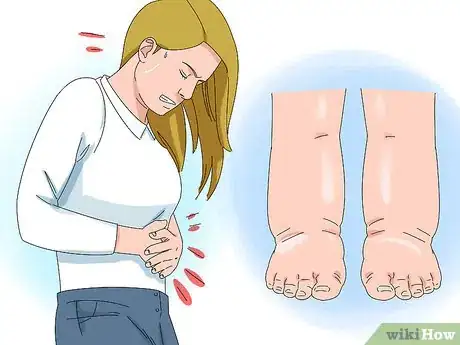
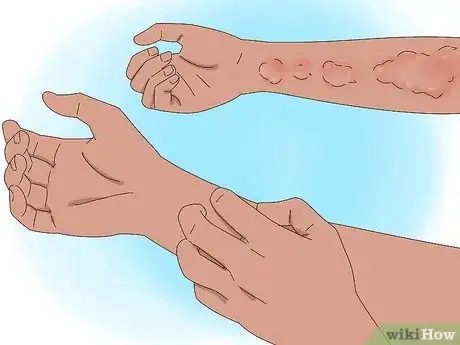
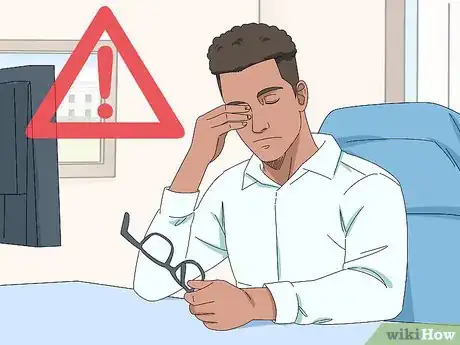

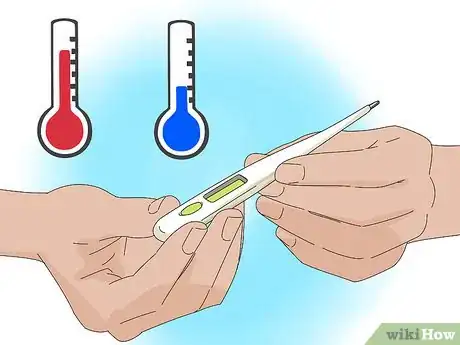


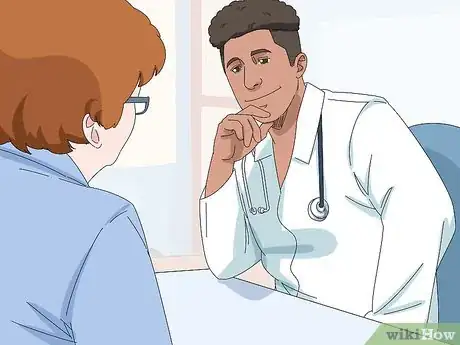

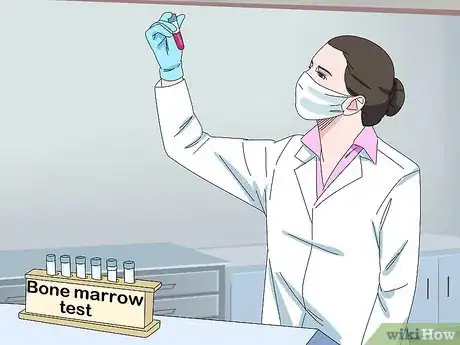
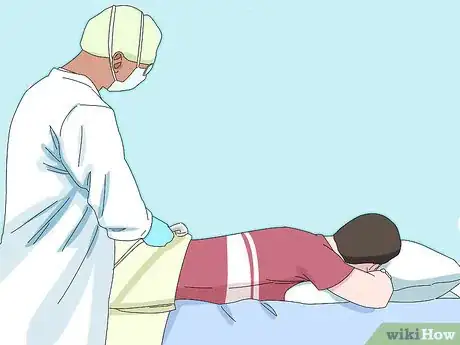

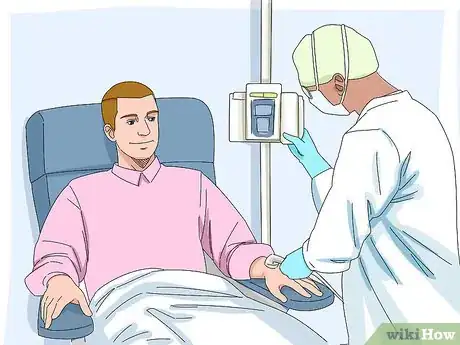


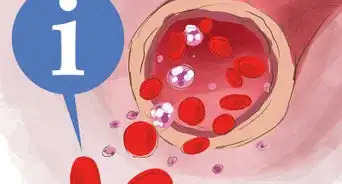
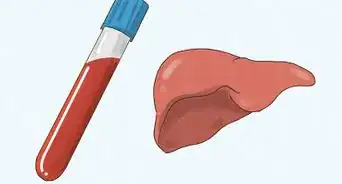

-Step-14-Version-2.webp)




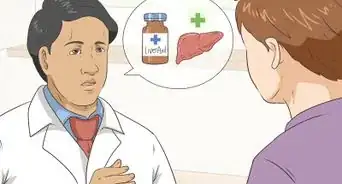












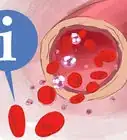




































Medical Disclaimer
The content of this article is not intended to be a substitute for professional medical advice, examination, diagnosis, or treatment. You should always contact your doctor or other qualified healthcare professional before starting, changing, or stopping any kind of health treatment.
Read More...